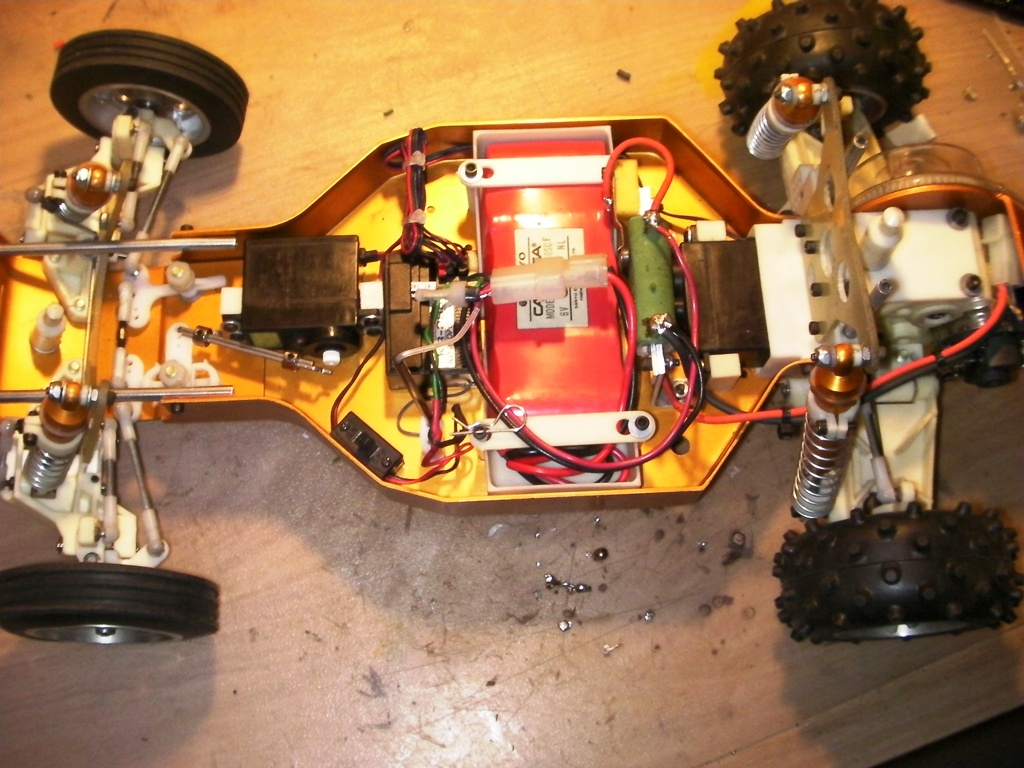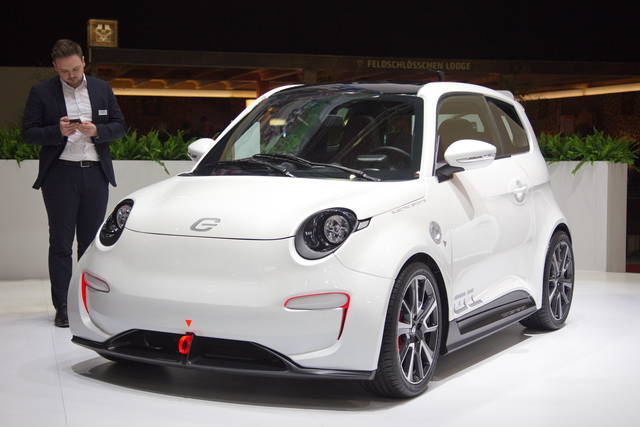In reply to ShinnyGroove (Forum Supporter) :
To be clear, it's not impossible. But the hurdles are significant.
The European approach may be a model for how to do it in the US, it may not Paris is a dense and small city. Which in theory means there should be more competition for EV charging points, but also means there have to be less vehicles stored within Paris on any given day, because they cannot physically fit in the city
I looked at the numbers, for a comparison. Paris and Chicago have similar population numbers ~2.5 million residents within city limits. But Paris is ~20% the size of Chicago at ~40sq miles to Chicago's 250sq miles.
Paris has a considerable density of EV charging stations 828. For effectively 20 charging stations per square mile. Chicago has 600 charging stations for 2.4 charging stations per square mile. To match the Paris density, this city needs an additional ~5400 charging stations.
Of course, that's unrealistic, neither city has equal population density per square mile. Easily 2/3rds of Chicago's population is crammed into 1/3rd of it's size. So the actual number of stations needed is reduced. Of course that assumes the current number of stations in Paris meets demand, which is an interesting question without a clear answer.
In my neighborhood, there are ~27.5k people in a 1.65 sq mile area. And approximately 5000 cars (roughly one car per five people). If we follow that the average Chicagoan commutes ~22 miles a day (estimated commuting per Chicago Transportation folks). And take the ~200 mile range that is common today in EVs a car only needs to be fully charged every 10 days. In that case on any given day, there would be ~500 cars that need to be charged if they were all electric. If you can use a supercharger and go to full from flat on 20-min, then you need ~10,000 minutes of charging available on a given day for a 15-hour period (people aren't going to charge their cars from 9p-6a here for uhh safety reasons). My math is a little rough here, but that means my neighborhood would need 11.11 supercharging stations. Each car would need to be able to be fully charged in 20 minutes or less, the charging stations are as reliable as the pumps at a gas station, and the energy demands can be met by the energy supplier (an interesting problem unto itself).
BTW, the above is a mixture of worst and best case scenarios. The worst case being that 500 cars need a full charge every 10-days. The best being the 20-min charge cycle. It also assumes that there are no "home charging" situations nor do folks charge their vehicles elsewhere. Basically, it's a rough calculation of the maximum demand needed.
The additional shift in behavioral pattern required to charge and operate an EV due to lower range and longer charge time is a non-starter for many Americans (and in fact seems to be a hurdle in France too). Combined with the higher costs of buy-in makes them a tough sell. Then we have the very realistic situation that range is reduced in cold weather for electric. Meaning charging must be more frequent and the heat must be able to be run when the car is charging or warming centers need to be available, etc.
Again, none of this is insurmountable. But each represents a logistical challenge, a potential sociocultural barrier, and required infrastructural upgrades. Combined they make this a long uphill change not a short one. I honestly believe the current 10-15 year timelines are ambitious at best and likely to be untenable. In a world where I cannot get a sink hole that could swallow a small EV fixed by the city, I have low faith in politicians to get over the barriers quickly. Of course, money makes the grass grow, enough dollars lining enough pockets can make anything happen.
PS: I did some reading on Peugeot's approach with the Zoe. The approach of buying the car but leasing the battery is an interesting one. It could work in the US, since Americans LOVE to lease/buy things on credit. And they LOVE to upgrade. Termed leases on batteries with upgrades or reduced lease rates to zero dollars when you don't upgrade like we do with cellphones could work well here.









 In reply to Gearheadotaku (Forum Supporter) :
In reply to Gearheadotaku (Forum Supporter) :






































